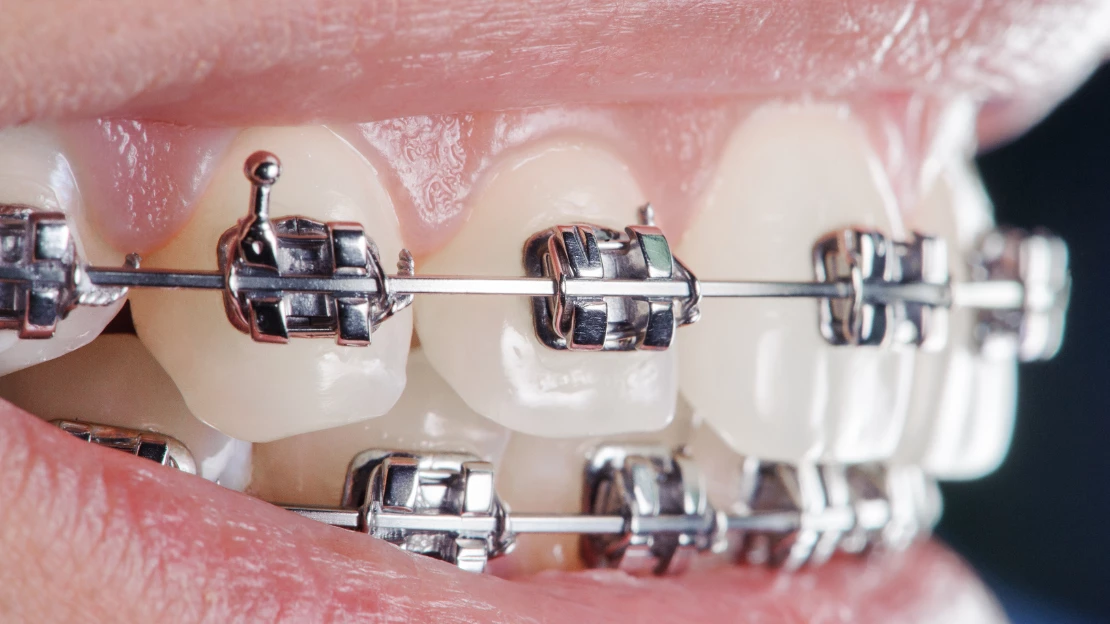Comprehensive Overview to Orthodontics Treatments for Remedying Oral Misalignments
Recognizing the details of each procedure, including their systems, advantages, and potential downsides, is crucial in making informed decisions about one's orthodontic treatment. As we browse with the thorough guide to orthodontic procedures for dealing with oral misalignments, the complex details of each technique will unfold, losing light on the course towards a functional and harmonious dental placement.
Orthodontic Procedures Introduction

Regular changes and surveillance are essential parts of orthodontic treatment to guarantee development is on track and to make any kind of required adjustments along the way. By going through orthodontic procedures, clients can not only achieve a straighter grin however likewise enhance their total dental health and feature.
Traditional Braces: How They Function
When considering orthodontic treatments for dental misalignments, traditional dental braces stand out as a tried and true approach for remedying teeth positioning. Conventional dental braces consist of braces, cords, and bands that work together to use continual stress on the teeth, gradually moving them right into the desired alignment.
As stress is applied to the teeth through the braces, the bone surrounding the teeth is improved to support the new tooth placements. Patients will require routine changes at the orthodontist's office to make certain the braces proceed to use the right pressure for reliable teeth movement.
Unnoticeable Aligners: Cons and pros
These clear, custom-made trays are basically undetectable when put on, making them an enticing choice for people seeking a more cosmetically pleasing orthodontic treatment. Patients can remove the aligners before consuming or brushing their teeth, minimizing the threat of food getting stuck in the device and streamlining the cleaning procedure.

Surgical Orthodontic Options
Surgical treatments in orthodontics existing feasible choices for resolving complex oral imbalances that might not be properly fixed through traditional orthodontic therapies. While unseen aligners and typical dental braces can remedy lots of orthodontic issues, particular cases require medical intervention to attain optimum results. Surgical orthodontic alternatives are normally suggested for extreme malocclusions, significant jaw inconsistencies, and situations where the underlying bone structure requires adjustment to attain appropriate placement.
One typical surgical orthodontic treatment is orthognathic surgical treatment, which includes rearranging the jaws to remedy functional issues such as difficulty eating or talking. This surgery is often carried out in cooperation with an orthodontist that aids line up the teeth before and after the procedure. Surgical orthodontics may likewise involve treatments to reveal impacted teeth, eliminate excess periodontal cells, or improve the jawbone to produce a much more unified facial account.
Before taking into consideration medical orthodontic options, individuals undertake a detailed analysis to determine the necessity and possible advantages of such interventions. orthodontist. While surgery may appear challenging, it can significantly improve both the function and looks of the smile in situations where standard orthodontic treatments fail
Retainers and Post-Treatment Care

Post-treatment care entails following the orthodontist's guidelines vigilantly. This might consist of appropriate dental health techniques, going to follow-up visits, and using the retainers as suggested. Failing to adhere to post-treatment treatment instructions can cause relapse, where the teeth progressively return towards their initial positions. Constant retainer wear, great dental hygiene, and routine oral exams are crucial for keeping the results attained with orthodontic surgical treatment and guaranteeing the long-term stability of the dealt with dental positioning.
Conclusion
In final thought, orthodontic procedures supply various alternatives for fixing dental words oral misalignments. Surgical orthodontic options are offered for a lot more extreme misalignments. On the whole, orthodontic procedures can efficiently boost dental health and wellness and visual look.
As we navigate via the thorough guide to orthodontic procedures for fixing oral misalignments, the intricate information of each method will certainly unfold, shedding light on the course toward a harmonious and useful oral positioning. - invisalign
One of the most usual orthodontic treatments is the use of dental braces, which consist of metal braces and cables that use mild pressure to progressively move teeth into the preferred placement.When thinking about orthodontic therapies for dental imbalances, conventional braces stand out as a tried and true method for correcting teeth positioning. Additionally, invisible aligners may not be ideal for intricate orthodontic problems that need even more substantial teeth motion, as blog they are typically advised for mild to modest cases. Retainers are customized orthodontic devices designed to hold teeth in their remedied settings after the conclusion of orthodontic therapy.